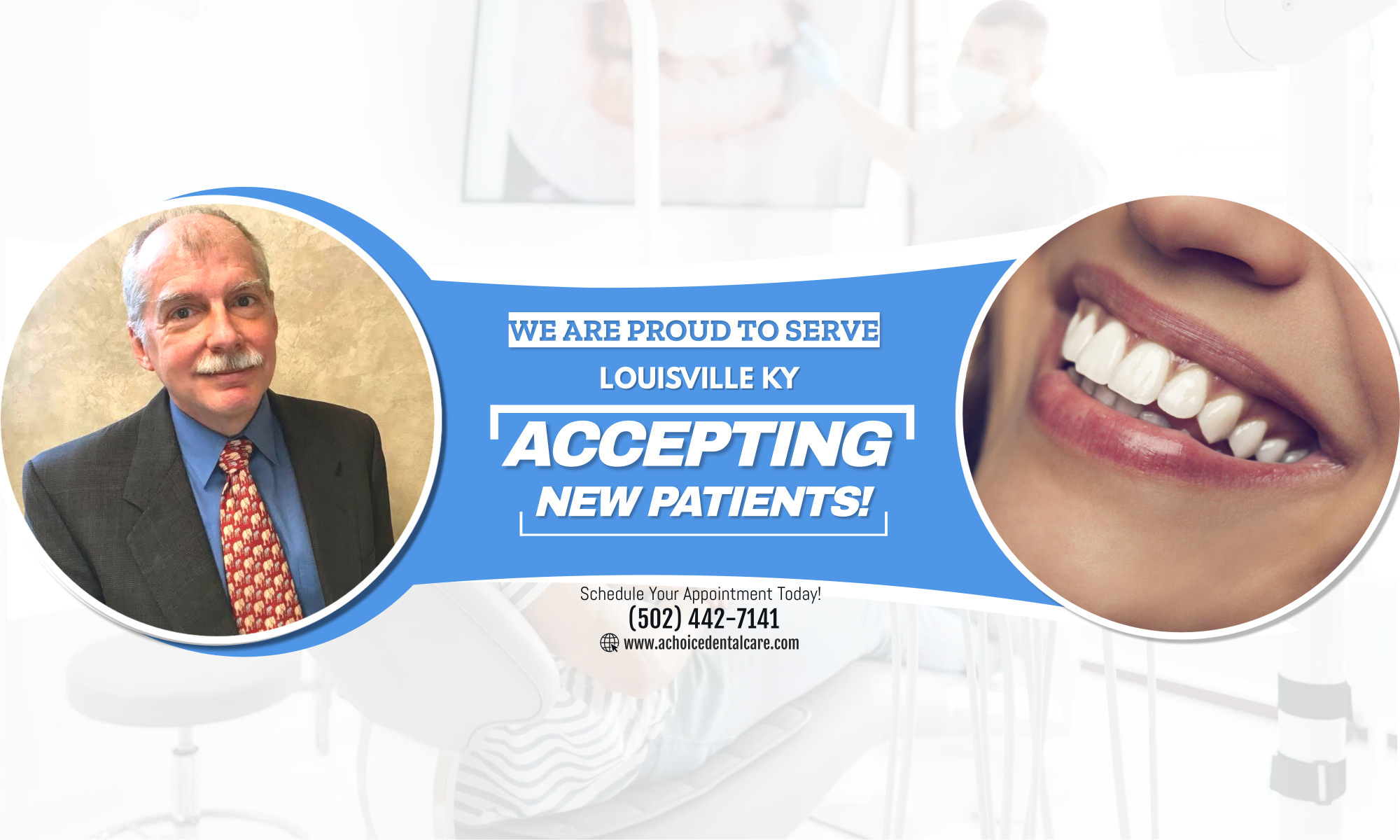Some children suck on their thumbs and parents often wonder if it is harmful.
Sucking on something is a child’s natural reflex. It can help them feel more secure so they start to suck on their thumbs, fingers, pacifiers or other objects.
Since thumbsucking is relaxing, it may also help them sleep.
However, after the permanent teeth come in, sucking may cause problems with the proper growth of the mouth and the alignment of teeth. It can also cause changes in the roof of the mouth.
Whether or not dental problems will result depends on the intensity of the sucking.
A child who vigorously sucks their thumb is more likely to have difficulties than one who rests their thumb passively in their mouth. Young children who suck their thumbs aggressively may even cause problems with their baby teeth.
If you notice changes in your child’s primary teeth, consult your dentist.
Usually children will stop sucking their thumbs between the ages of about two and four. They should have ceased sucking by the time the permanent front teeth are ready to erupt.
If your child is continuing to suck their thumbs, here are some tips:
– Praise them for not sucking, instead of scolding them when they are
– If they are sucking because they feel insecure, focus on correcting the cause of the anxiety
– For older children, involve them in choosing the method of stopping
If necessary, your dentist can help by encouraging the child and explaining what could happen to their teeth if they do not stop sucking.
